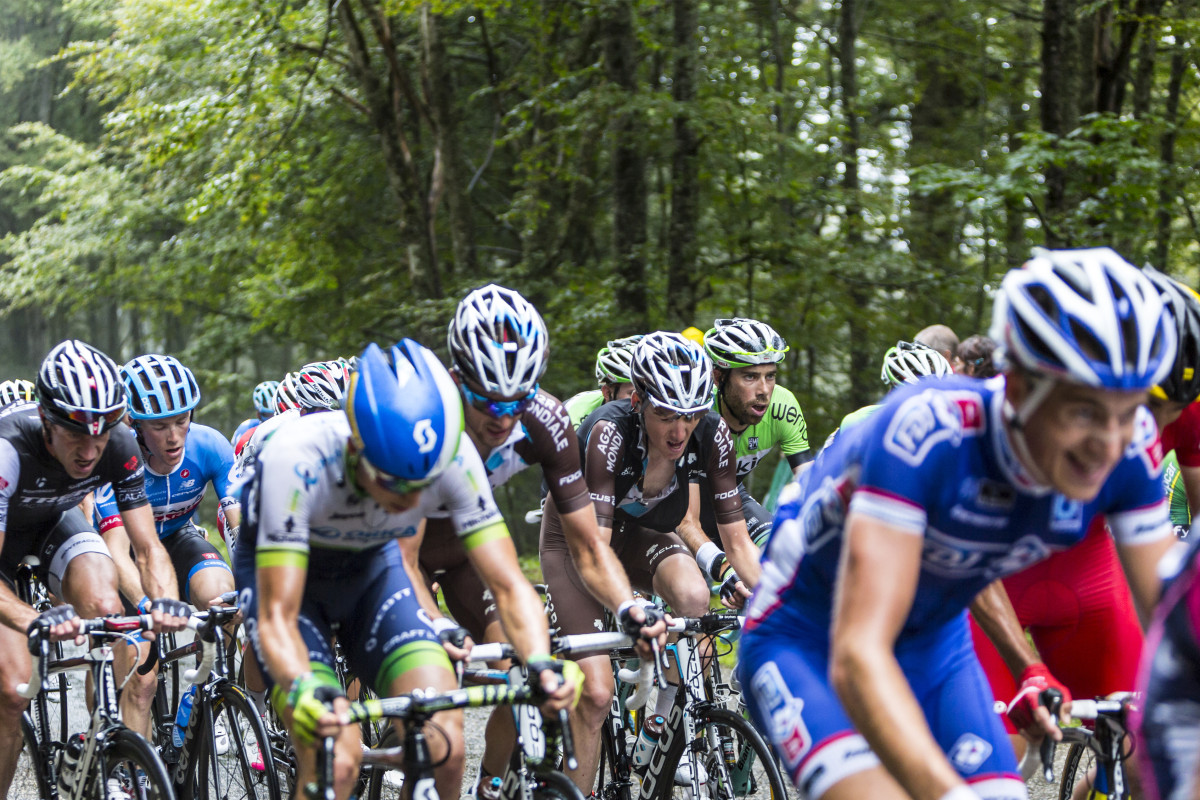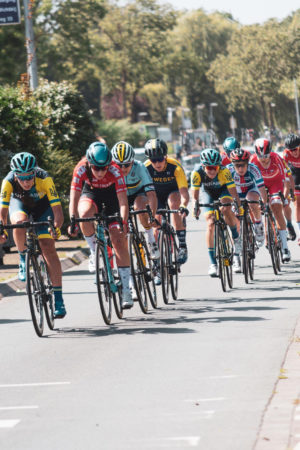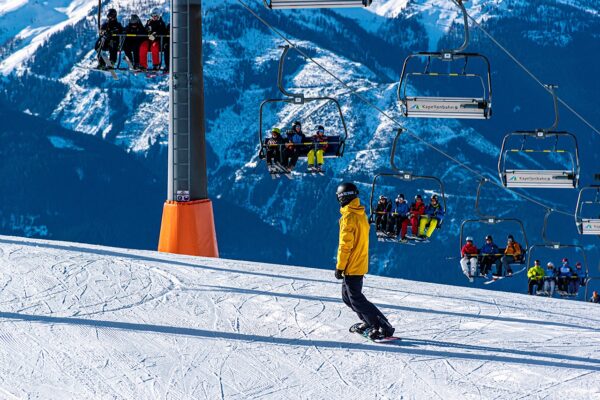A month from the Colnago Cycling Festival, the most anticipated event of the Garda and surroundings, in which Dryarn is a media partner, here is some practical advice for those who would like to be prepared for sporting events of this kind, irrespective of the level of the preparation.
In order to deal with cycling competitions like Colnago Cycling Festival, it is important to work on endurance, resistance and strength.
The Colnago Cycling Festival is a perfect example of a big event for all cycling enthusiasts. Three days dedicated to two wheels in which you can test yourself by choosing from three different routes according to your condition:
LONG ROUTE: 159 km uphill from Gardone Riviera to Castello di San Gallo;
MEDIUM ROUTE: 110 km to Cima delle Coste at a maximum gradient of 4%;
SHORT ROUTE for beginners: 77 km with hill climbs at an average gradient to San Michele.
A cyclist who wants to achieve a good performance on such routes has to manage several aspects of his training: long-distance endurance, uphill endurance, speed endurance and strength.
In order to arrive at the race in an excellent shape, it is necessary to follow a focused and specific training programme that takes into account: resistance, muscle power and agility, without neglecting the rest periods that are fundamental to allow for the recovery of oxygen.
Once you jump on the saddle, the ideal workout for obtaining positive results involves three basic steps that must be meticulously followed.
The cycling training, in addition to the central prolonged effort, involves three crucial steps for a good result, that is: initial warm-up, cool down and stretching which is useful to loosen the muscles after exertion.
A start with high intensity neither allows the muscles to warm up nor lets the body get used to the position assumed. The best advice is to take the first 15-20 minutes of cycling training at a light pace, at low speed.
In the same way, finishing the workout right after the central and more intense and prolonged exercise increases the risk of “blocking” the muscles and causes cramps, contractions and other muscular pains.
In summary, a good workout should follow the following schedule (for approximately a 2.5 – 3 hour training session):
– 15-20 minutes at light pace at low speed (keeping a rate of about 90 RPM) in order to warm up and to prepare yourself for the next more intense step;
– a 2-hour bicycle ride at intense pace, in which you can include short stretches (for a maximum of 5 minutes) at the utmost effort. This is called the anaerobic threshold. Then return to your normal rhythm;
15-20 minutes of cool down in which you have to keep riding at a very light gear ratio to reduce the heartrate;
15-20 minutes of stretching at the end of the workout, dedicated to those muscles that have suffered the most: neck, shoulders, quads, thighs and calves.
Not only physical training: a good preparation starts at the table where we eat food to give energy and hydration.
Both Road Cycling or Track Cycling and Mountain Bike are sports that involve endurance and they are characteristic of a great energy expenditure. Because of that nutrition is essential to guarantee the best performance.
When cycling, the energetic expenditure of sugar and fat is so high that the loss of water and mineral salts, especially in the heat and humidity, could also cause bad results at the race. In order to avoid such situations, the best nutrition must be based on:
- carbohydrates, necessary for giving energy;
- proteins, essential to build and maintain muscle mass.
The typical foodstuffs that a cyclist cannot afford to be without are pasta, wholewheat bread, fruits and vegetables, white meat and fish. Don’t forget spices and olive oil to add flavor and season dishes.
The foodstuffs that must be avoided are those with plenty of saturated fats that are abundant in animal-based food like butter and red meat, and the simple sugars like sweet drinks, snacks and fried food.
Here is a good example of a regular diet that should be followed for preparing for a sporting event like Colnago Cycling Festival:
A month before the event – Start taking vitamin supplements to prevent possible nutritional deficiencies due to the increase of exercise. Ensure well-balanced meals including fresh fruits, vegetables and whole cereals.
The day before the event – Moderation is the order of the day! It is better not to try new food that the body is not used to, and choose dishes rich in carbohydrates with a moderate amount of fats and proteins.
The day before the event, it is better to moderate the consumption of fibers and proteins. They are excellent to consume during the preparation phase for the competition, but might end up making the body heavier and consequently force you to take breaks during the competition.
Fluid intake must be frequent without exaggeration because it could slow the body down at the beginning of the race.
The race day – Light and energetic breakfast. Toast or some wholewheat pasta are good choices for a well-balanced caloric-intake.
It is better to moderate caffeine. Coffee and tea are diuretic and may cause an increase in the need for breaks during the competition.
Throughout the competition it is necessary to hydrate the body constantly, reinstating the complex carbohydrates and the amino acids through the consumption of an energy gel pack every 35-40 minutes of the race.








